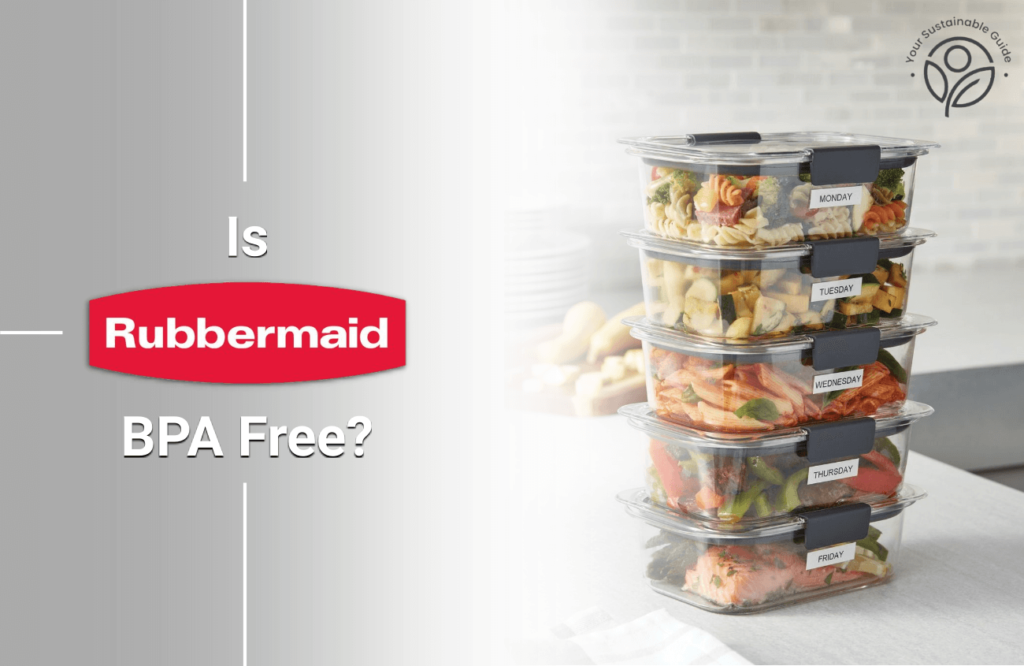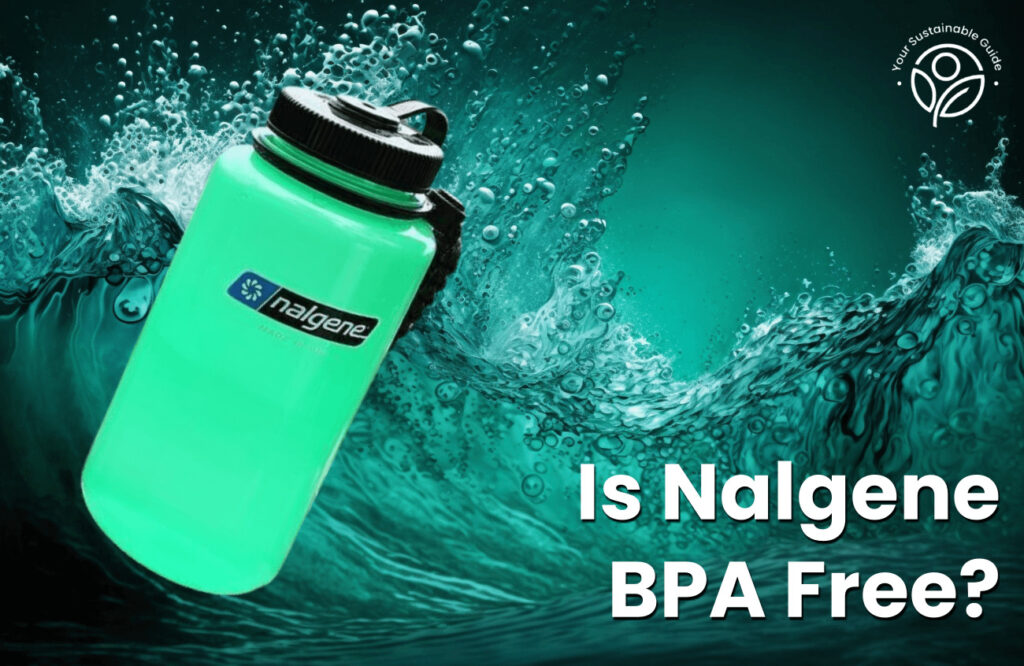There are multiple floor heating systems and water supply systems that use metals like aluminum and copper pipes, and there are plastic pipes made of PVC and PEX. So which one’s better?
One simple factor that leads to all other favorable factors is that the PEX piping is cheaper than copper and not prone to corrosion as metal coils of copper and aluminum which makes it a more popular choice than copper radiant systems.
As PVC and PEX become more popular choices in the residential, commercial, and industrial areas of America, the people relying on the PEX water distribution system ought to ask- Is PEX Piping BPA free? Is the PEX water safe to drink?
What Is PEX Piping?
PEX stands for Cross-linked Polyethylene. It is a form of plastic with high or low density that has high flexibility of temperature and therefore is modified to fit the need of hot and cold water distribution systems.
PEX piping is utilized for multiple purposes like water supply, irrigation, heat radiant, and in-floor radiant heating systems. PEX piping, made of cross-linked polyethylene chains, has a flexible diameter. PEX water pipes have three types- Type A, which works best in Cold Expansion PEX fittings, Type B, and Type C.
Depending upon the PEX water pipes’ types, the PEX pipes can be a risk to the health because of the possibility of chemicals like BPA leaking into the water.
PEX Tubing
Plastic came into use around the 1960s and because of its chemical composition, it was fashioned into the flexible PEX tubing in the 1990s. PEX tubing is composed of plastic so it may come with a life expectancy of 30 to 50 years and comes in multiple colors for easy temperature identification.
PEX is made of high-density polyethylene and is more flexible than metal pipes. PEX piping comes in 3 colors- red, blue, and white. As a water supply system, the color codes determine the water temperature the PEX pipe is accustomed to. There are various PEX pipe sizes: short 10-foot pieces as well as long 500 feet long pipes.
Here is a list of a few popular PEX pipe brands:
- Sharkbite
- Viega
- Uponor
- Sioux Chief
- Apollo
Are PEX Pipes Safe?
PEX pipes come with a maximum bend radius and can crawl into tight spaces easily. PEX plumbing doesn’t necessarily have to be expensive either as people can use cinch clamps or crimp rings to attach the pipes and make the connections.
However, It is possible that PEX water piping may leak in extremely cold weather due to frozen water. This can happen due to the PEX pipe’s ability to expand three times its diameter leading to overstress on the pipe and causing a leak. At the same time, it’s burst-resistant but not immune to bursting, so one needs to make sure they are using high-quality PEX tubing and regularly get PEX plumbing done.
The Good And Bad Of PEX Pipes
Everything comes with its set of pros and cons. So before we tell you if PEX tubing is BPA-free or not, here is why most American homes rely on PEX tubing for their water supply and radiant heat systems.
- PEX comes in Cheap: As compared to metal system installations, PEX tubing installation doesn’t cost you much.
- PEX Installation is Quick: Since PEX plastic has a maximum bend radius, PEX plumbing is quick and easy to install in comparison to soldering copper pipes.
- PEX won’t get corroded: Unlike copper and aluminum, PEX won’t get corroded because of acidic water which makes it long-lasting and a more sustainable option than metal installations and allows people to access clean drinking water.
But PEX tubing may not be a very feasible option for outdoor installations and here’s why
- PEX is extremely permeable: it’s no lie that copper pipes are not an easy target for rodents or other animals. PEX, however, becomes vulnerable to the rodents chewing the pipes away.
- PEX is light sensitive: Plastic is sensitive to light and as a result, microplastic particles and other unknown chemicals will leach into the water, making it unfit for open spaces.
However, when installed in closed spaces, PEX piping becomes a feasible option as it allows smooth flow of water, and doesn’t pose a risk of corrosion that can lead to a bad odor and taste of water.
Are PEX Pipes Safe For Drinking Water?
PEX stands are resistant to extreme hot and cold temperatures. According to the Norwegian Institute of Public Health study on whether drinking water from plastic pipes is harmful or not, PEX pipings were concluded to be not harmful for daily use. PEX pipes are BPA-free.
The pipe production methods were found in zero correlation with leaking chemicals and the leaking chemicals were found in generally low quantities. According to the research, while PEX pipes some of the pipes seemed to have undesirable taste and odor for the first few months after the PEX water pipe installation. But the bad taste and smell seemed to dissipate with regular use.
The organic compounds leaked from the new PEX pipes were found in generally low quantity and therefore, non-harmful to the health. The level of organic compounds seemed to decrease with time and regular usage.
BPA free angle for products like containers, tumblers, coated cups etc. made from materials other than PEX needs to be checked too.
Is PEX Piping BPA Free? – Conclusion
PEX water pipes are completely BPA-free and safe for use as proven scientifically by the Norwegian Institute of Public Health. Both Freeze-resistant and temperature-resistant, with high flexibility, PEX pipes are a more new-era and reliable water supply system choice of millions of American homes.







